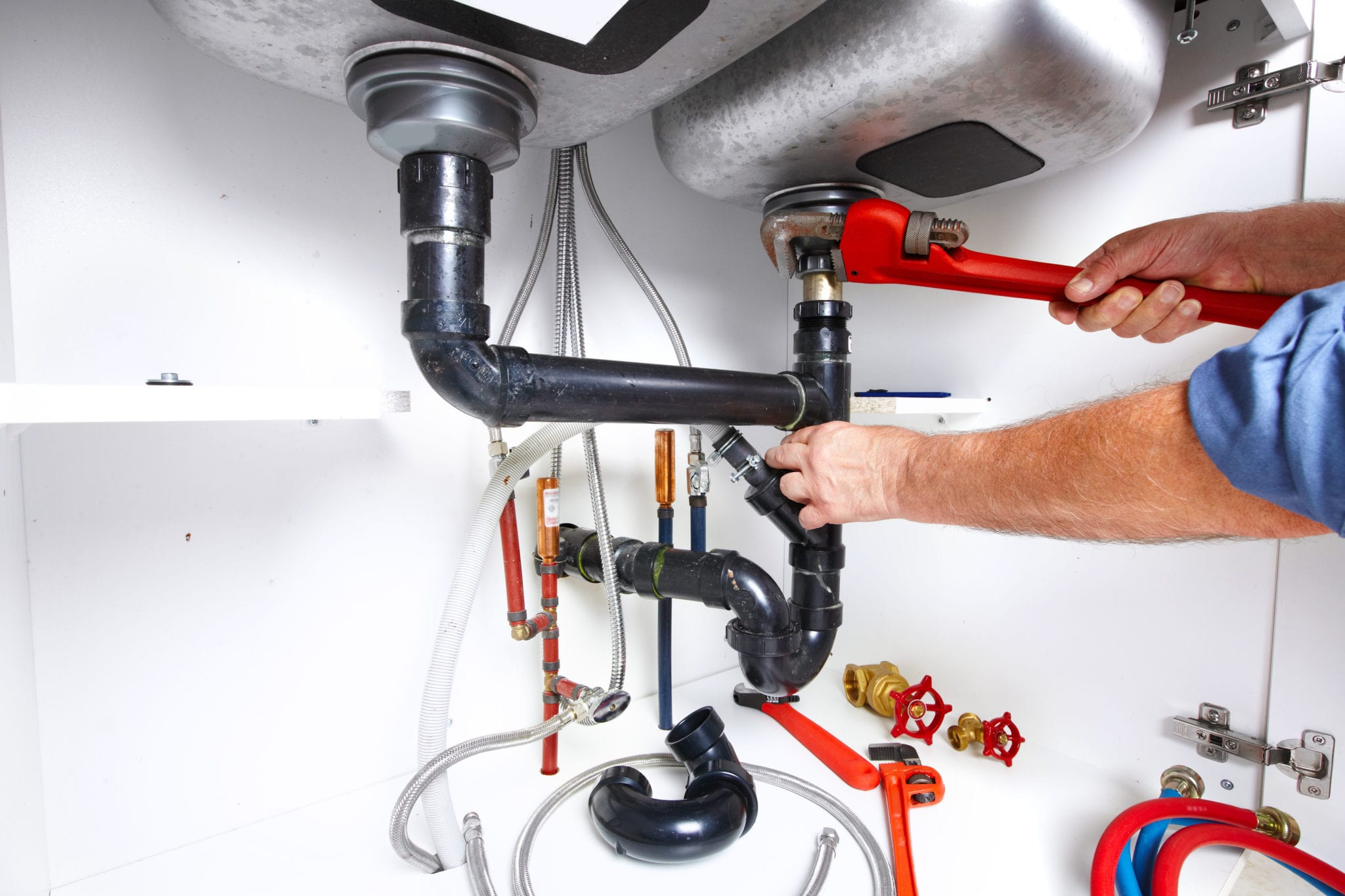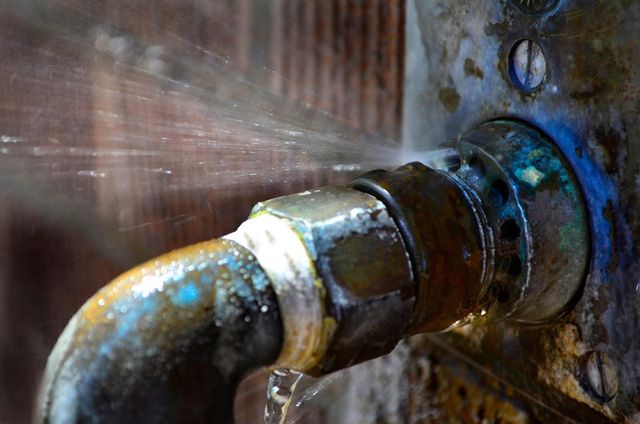Exactly how to Locate and Repair Work Water Leaks-- A Comprehensive Guide
Exactly how to Locate and Repair Work Water Leaks-- A Comprehensive Guide
Blog Article
Have you been hunting for content around Finding hidden leaks?

Early detection of leaking water lines can minimize a potential disaster. Some tiny water leaks may not be noticeable.
1. Check Out the Water Meter
Every home has a water meter. Checking it is a guaranteed manner in which aids you uncover leakages. For starters, turn off all the water sources. Guarantee no person will certainly purge, utilize the tap, shower, run the washing equipment or dishwashing machine. From there, most likely to the meter as well as watch if it will certainly alter. Given that nobody is using it, there should be no activities. If it moves, that shows a fast-moving leakage. If you spot no adjustments, wait a hr or 2 and inspect back again. This indicates you might have a slow-moving leakage that could even be below ground.
2. Examine Water Intake
Analyze your water costs and track your water consumption. As the one paying it, you need to discover if there are any disparities. If you identify sudden changes, despite your intake coinciding, it means that you have leaks in your plumbing system. Remember, your water bill should fall under the same range every month. An unexpected spike in your bill shows a fast-moving leak.
Meanwhile, a consistent boost each month, even with the same routines, reveals you have a slow leak that's also slowly intensifying. Call a plumber to thoroughly examine your building, particularly if you really feel a warm area on your flooring with piping underneath.
3. Do a Food Coloring Examination
When it concerns water intake, 30% comes from bathrooms. Test to see if they are running effectively. Decline flecks of food color in the container and wait 10 minutes. There's a leakage in between the storage tank and dish if the shade somehow infiltrates your dish throughout that time without flushing.
4. Asses Outside Lines
Do not fail to remember to check your outside water lines also. Test faucets by affixing a yard pipe. Ought to water seep out of the link, you have a loose rubber gasket. Change this and also make sure all connections are tight. It will certainly aid get it professionally examined and also kept each year if you've obtained a lawn sprinkler system. One little leak can throw away lots of water and increase your water expense.
5. Evaluate and also Assess the Situation
Property owners should make it a behavior to examine under the sink counters as well as also inside cupboards for any bad odor or mold development. These two warnings show a leak so prompt focus is required. Doing routine inspections, even bi-annually, can conserve you from a major trouble.
Inspect for discolorations and compromising as a lot of home appliances as well as pipelines have a life expectations. If you suspect leaking water lines in your plumbing system, do not wait for it to rise.
Early detection of leaking water lines can reduce a prospective catastrophe. Some small water leaks might not be noticeable. Checking it is a guaranteed method that aids you uncover leakages. One small leakage can throw away bunches of water as well as spike your water bill.
If you think leaking water lines in your plumbing system, don't wait for it to intensify.
How to Know If Your Home Has a Hidden Leak
Water Meter Reveals Inexplicable Water Usage
If you’d like to test whether or not there’s a leak somewhere in your home, you can do this using your water meter. Here is how to conduct the test:
Don’t use any water in your home for at least 30 minutes; this also means not turning on faucets or water-using appliances.
Go outside, and check your water meter for activity.
If your water meter shows that there was activity, even though no one was using any water, this proves that there is a leak in your home.Visible Mold or Mildew Growth
Leaks behind walls create moist, dark environments that allow mold and mildew to grow and thrive. Eventually, you might see mold growth forming on the wall closest to a hidden leak.
If mold is growing in an area that receives a high amount of moisture, such as a bathroom, it may simply be an indication that better ventilation is needed. However, if you see mold growth on a wall or the ceiling in an area where you would not expect, you probably have a hidden leak.
Musty, Mildew Odor
Sometimes you might not be able to see the mold or mildew that is growing as a result of a leak. However, the smell can give the problem away just as easily. If you catch a whiff of something musty, there’s a good chance that old water is collecting somewhere in your home that you can’t see.
Stained/Warped Walls, Ceilings, or Floors
When your home soaks up water, a variety of red flags can become visible, including ceiling stains, bubbling drywall, warped walls, and sagging floors. While these issues can be caused by excess humidity, they can also be signs that a pipe or plumbing connection has started leaking behind your walls.
Inexplicably High Water Bill
After a while, you get a general sense for what your water bill should be. If you own a pool or sprinkler system, your bill will tend to be higher during summer. However, if you receive a water bill that seems especially high, and you can’t figure out what caused it, then you may have a hidden leak somewhere that’s increasing your bill.
https://www.plumbingjoint.com/blog/2019/july/how-to-know-if-your-home-has-a-hidden-leak/

I was made aware of that write-up about Finding hidden leaks from someone on another web page. I beg you take the opportunity to share this article if you enjoyed it. I enjoy reading our article about Top leak detection hacks.
Report this page